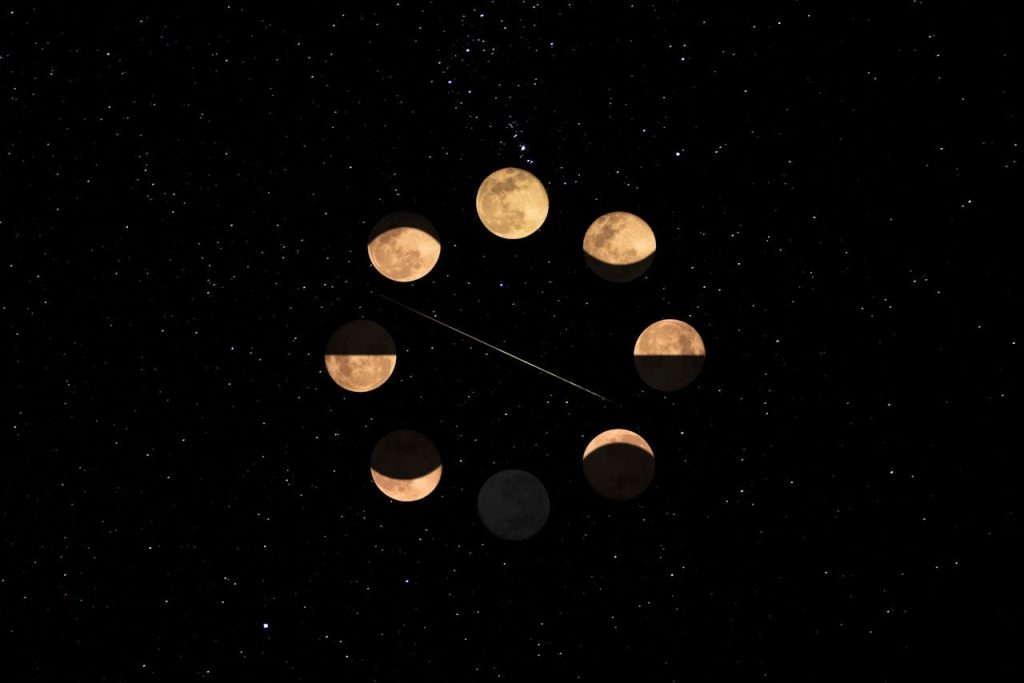Asteroid Flybys and Close Approaches in 2025
In 2025, Earth will experience several close encounters with asteroids, providing a rare and exciting opportunity to study these fascinating space rocks. While most of these asteroids will safely pass by without posing any threat to our planet, these flybys offer a chance for astronomers and skywatchers to observe them as they make their closest […]
Asteroid Flybys and Close Approaches in 2025 Read More »





















